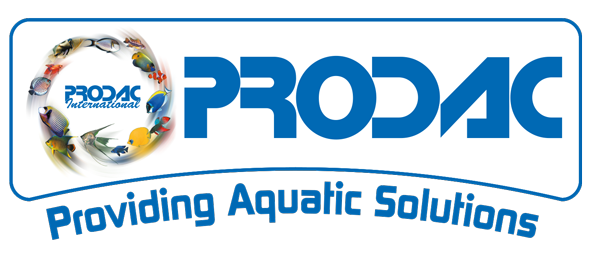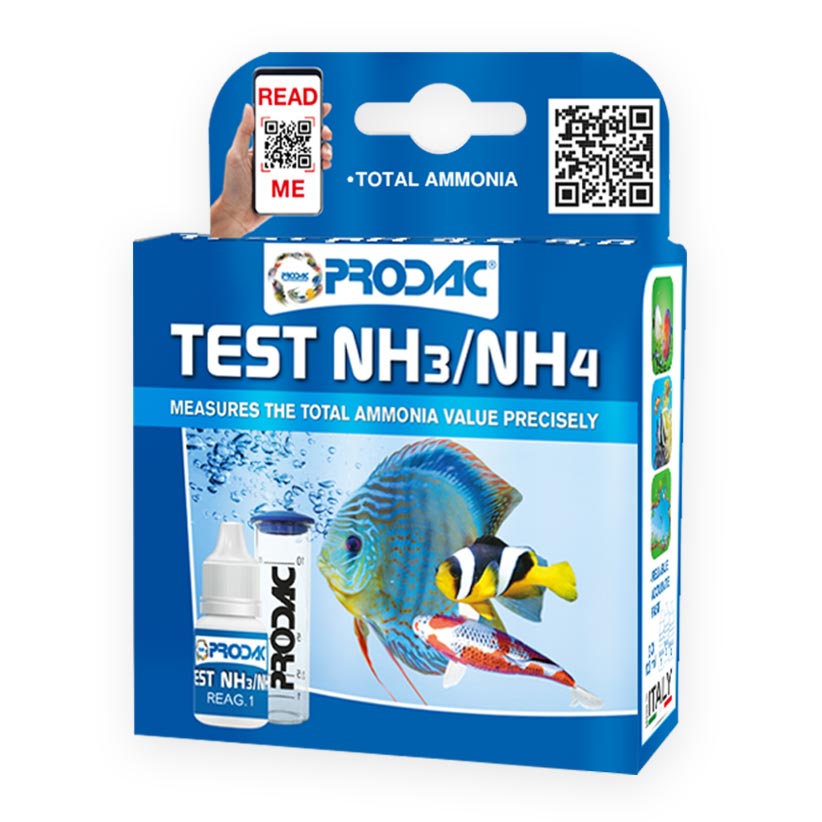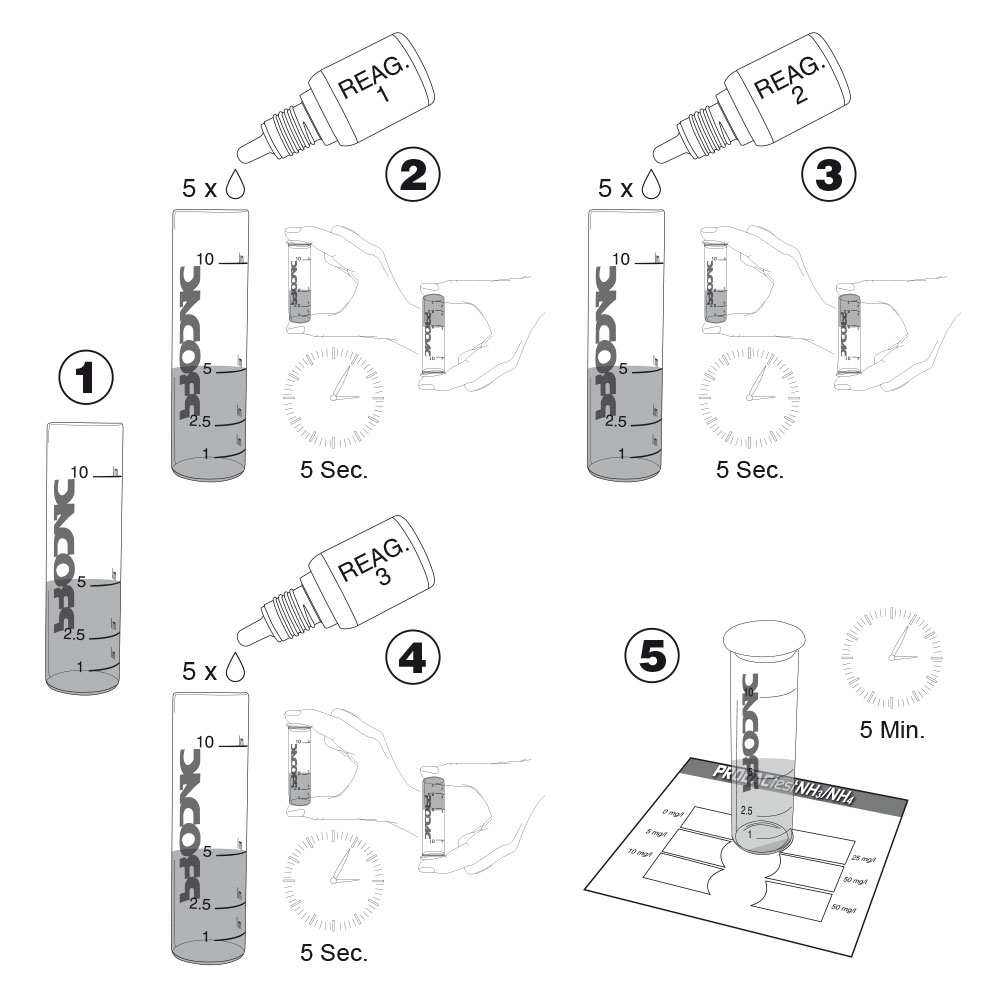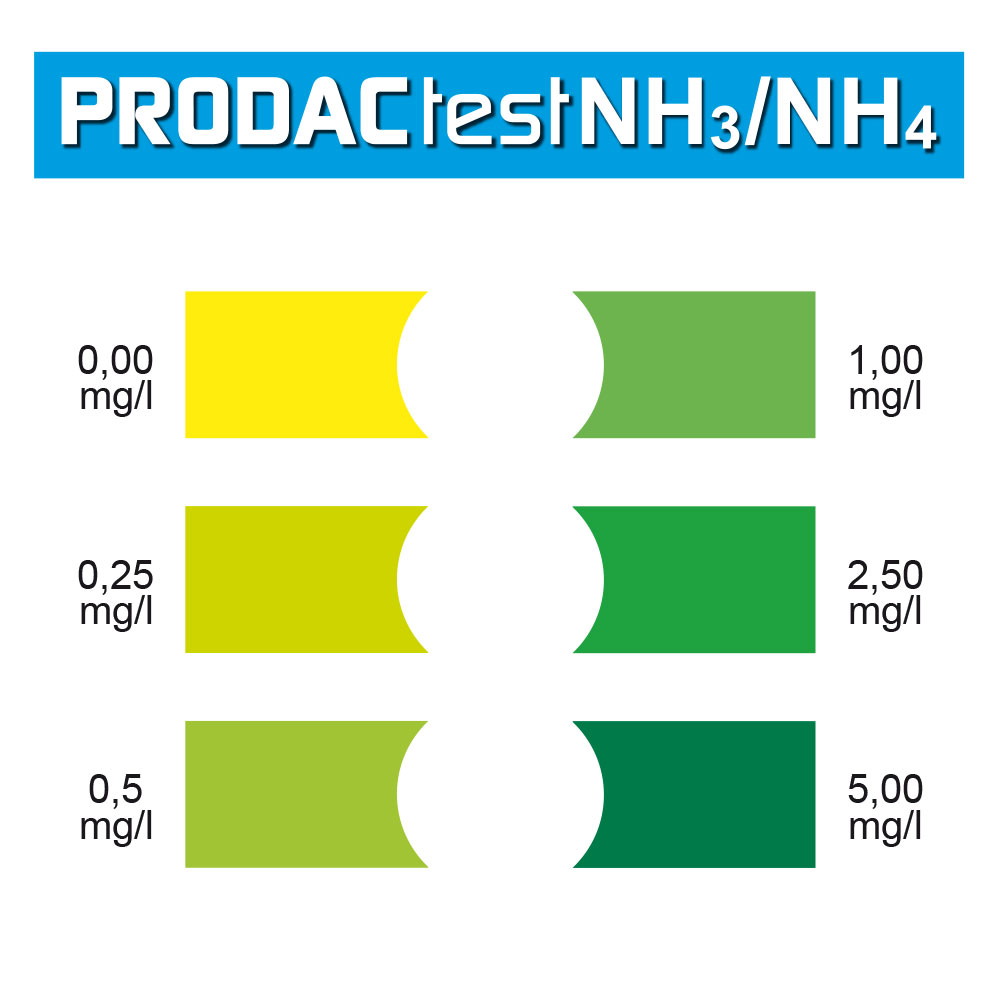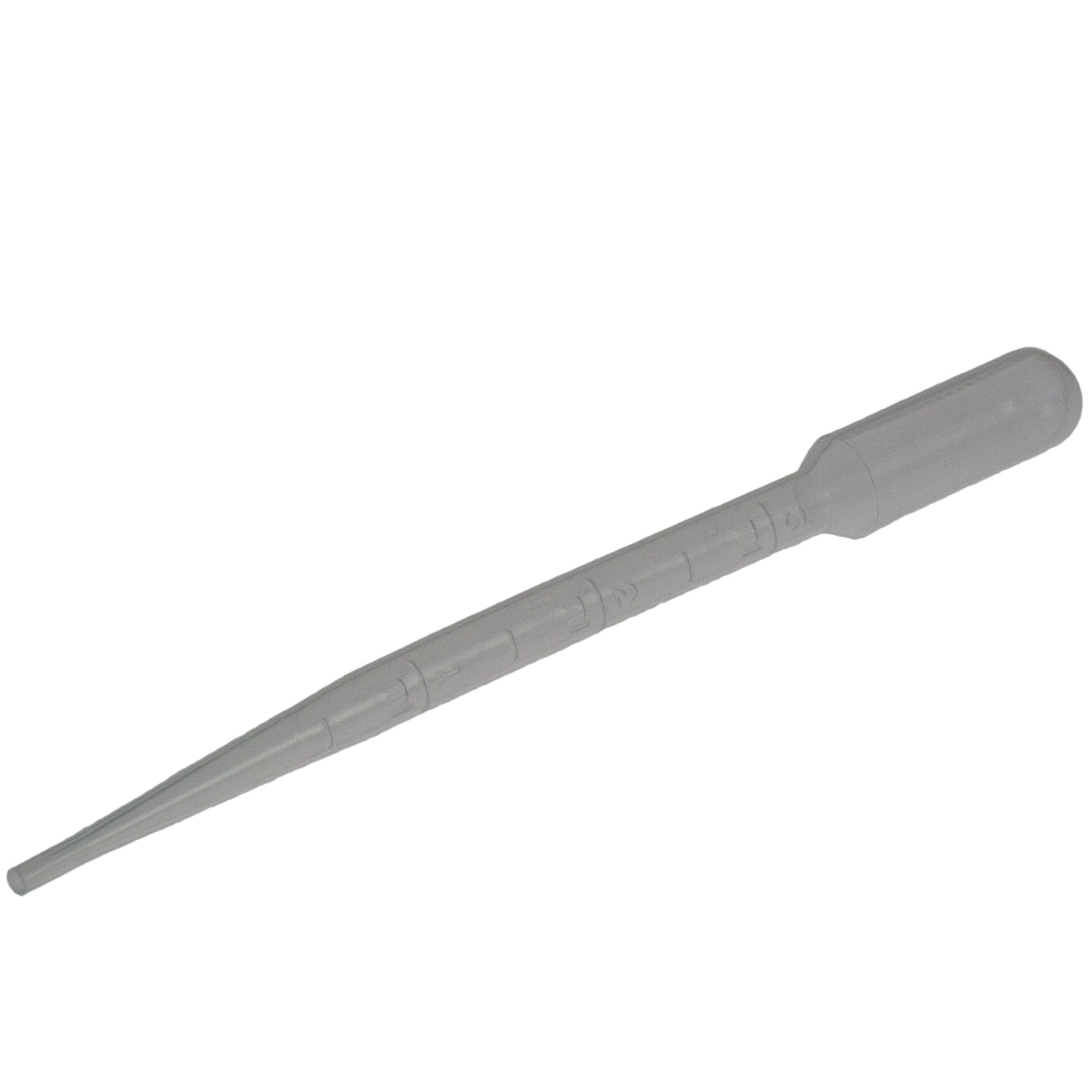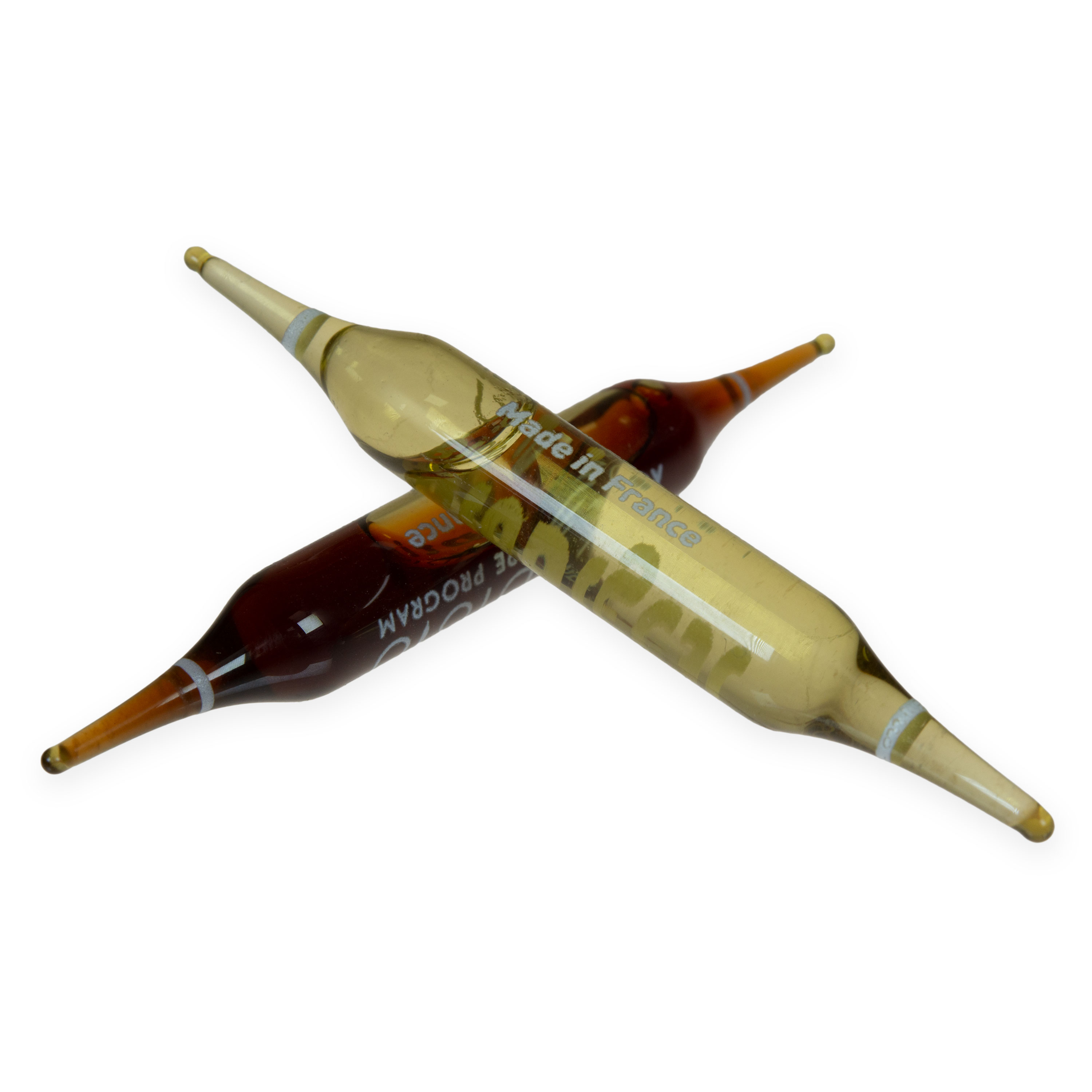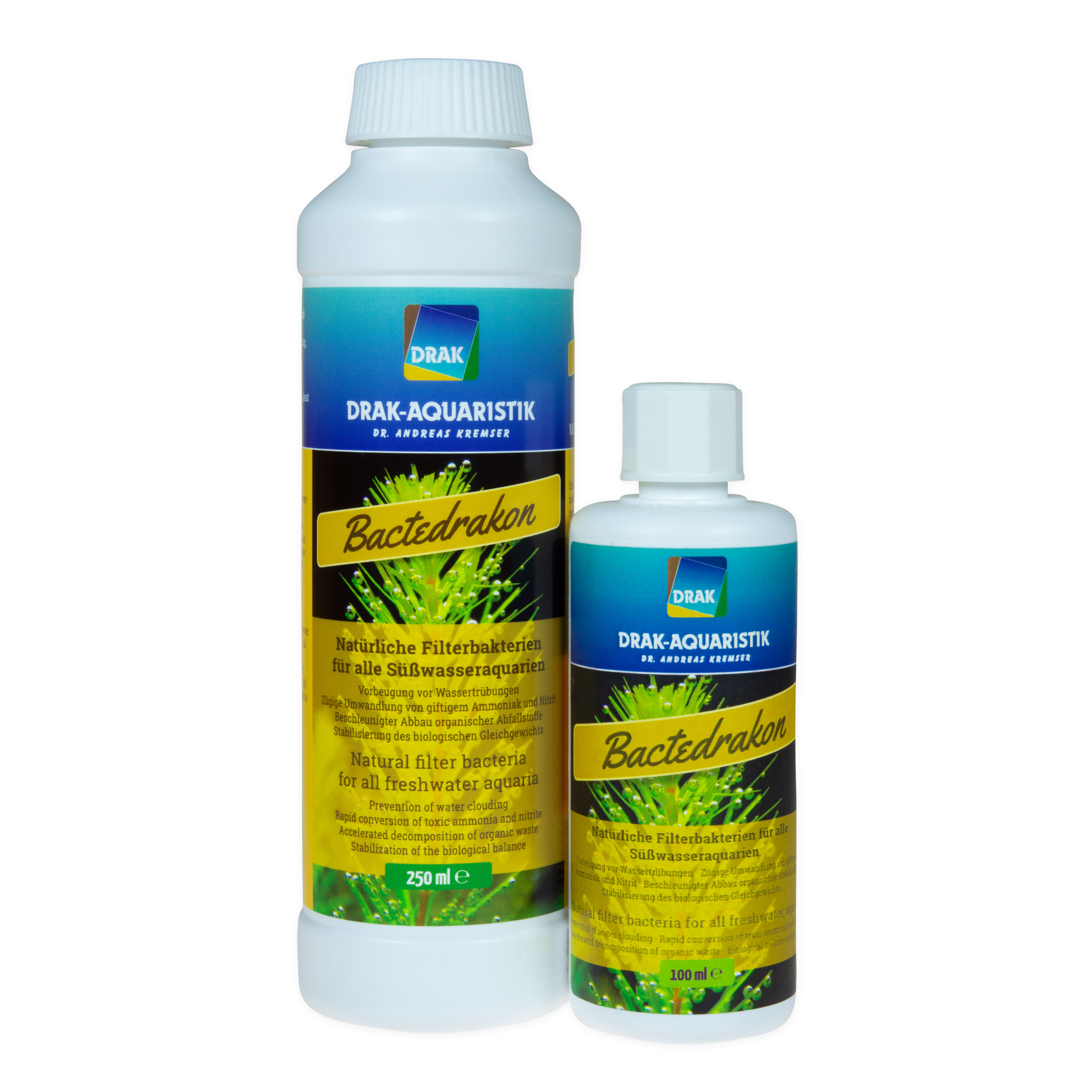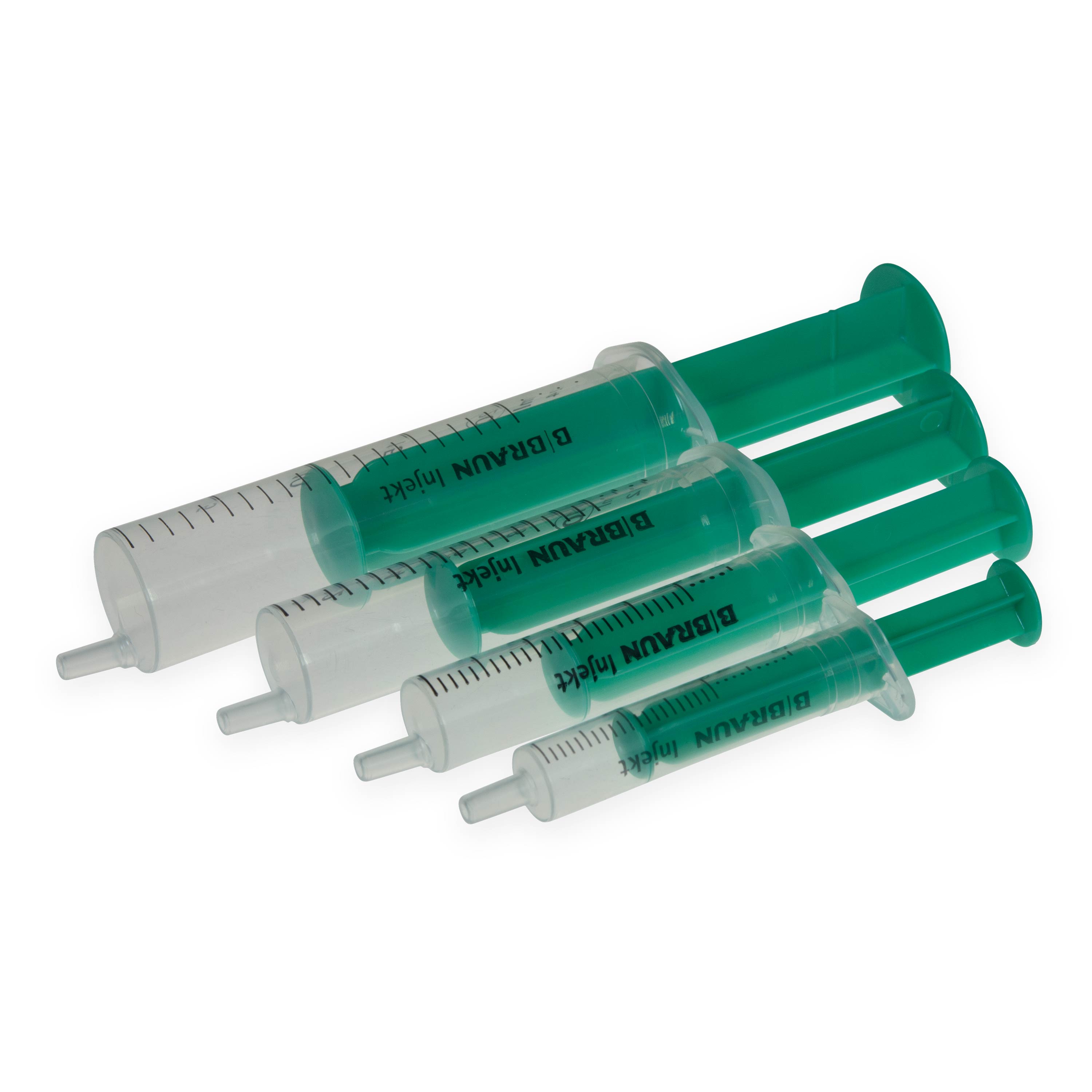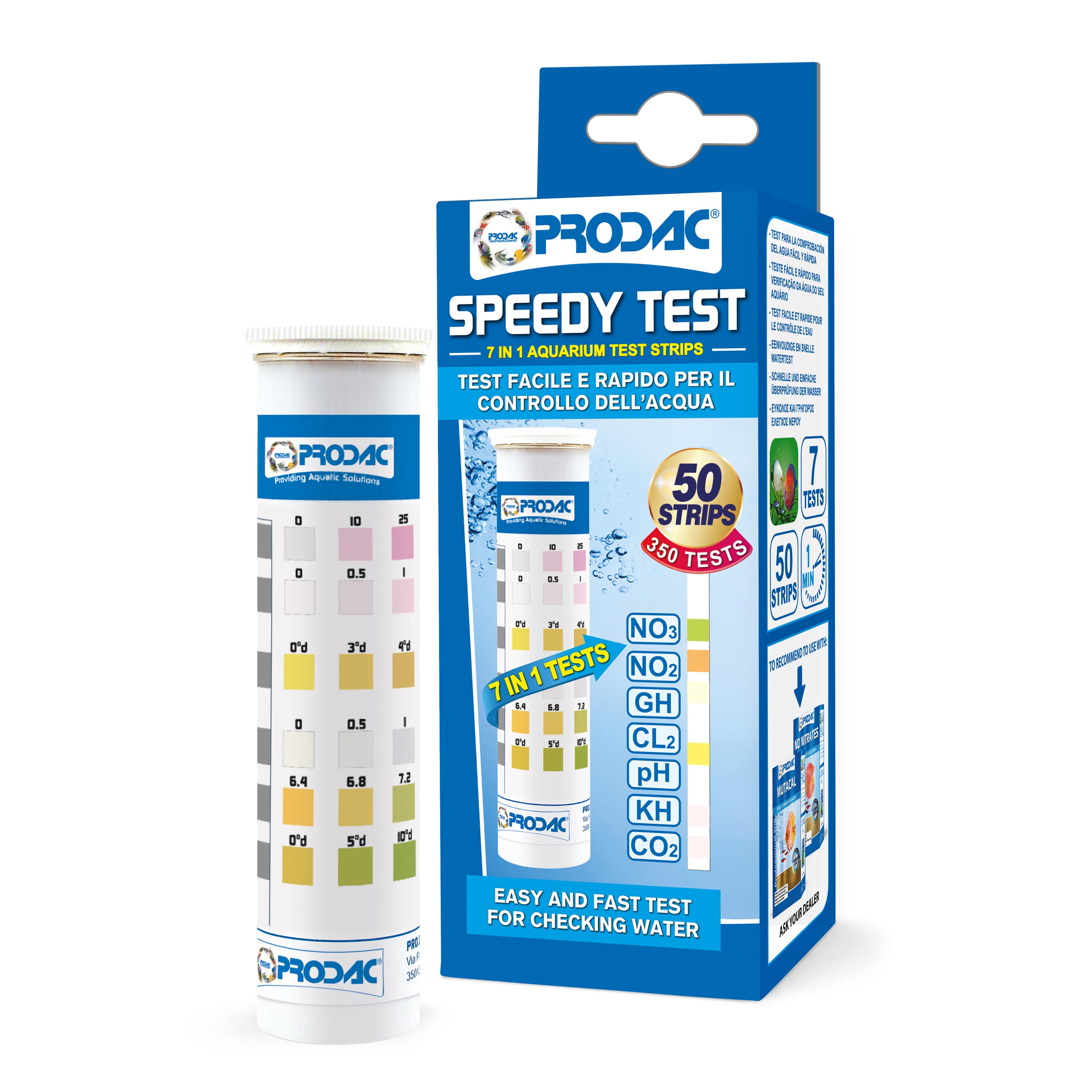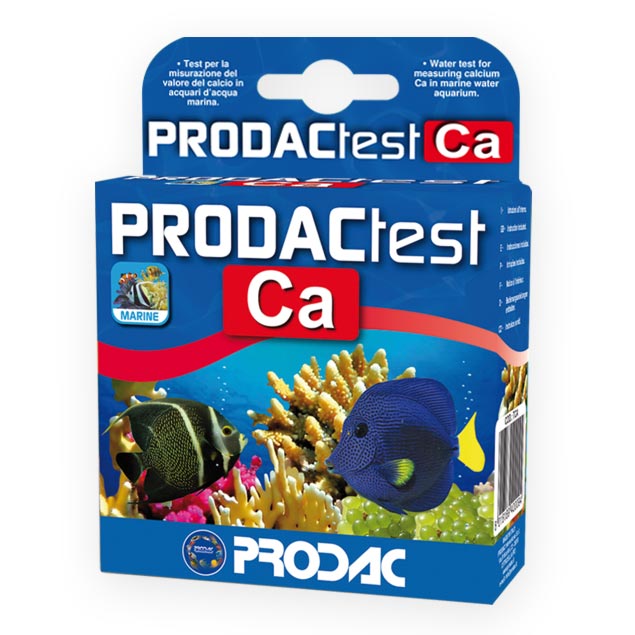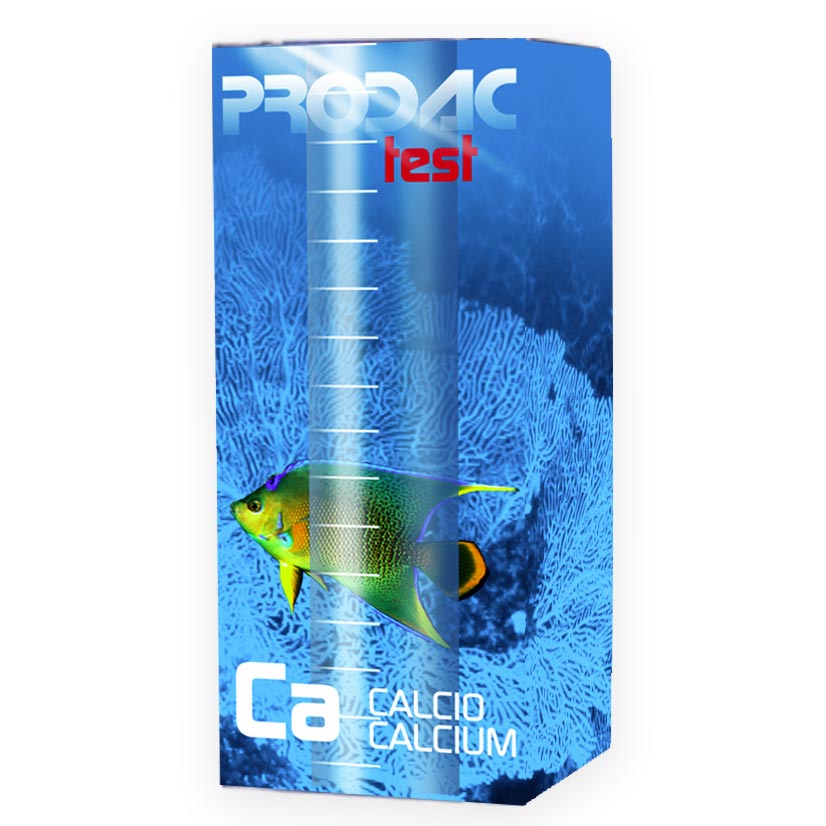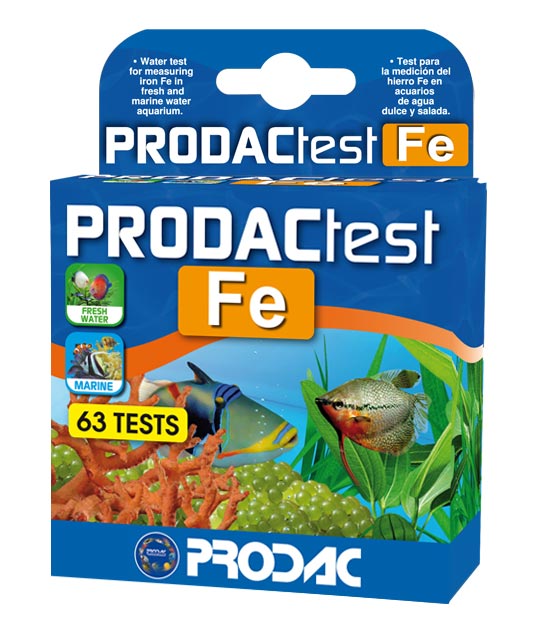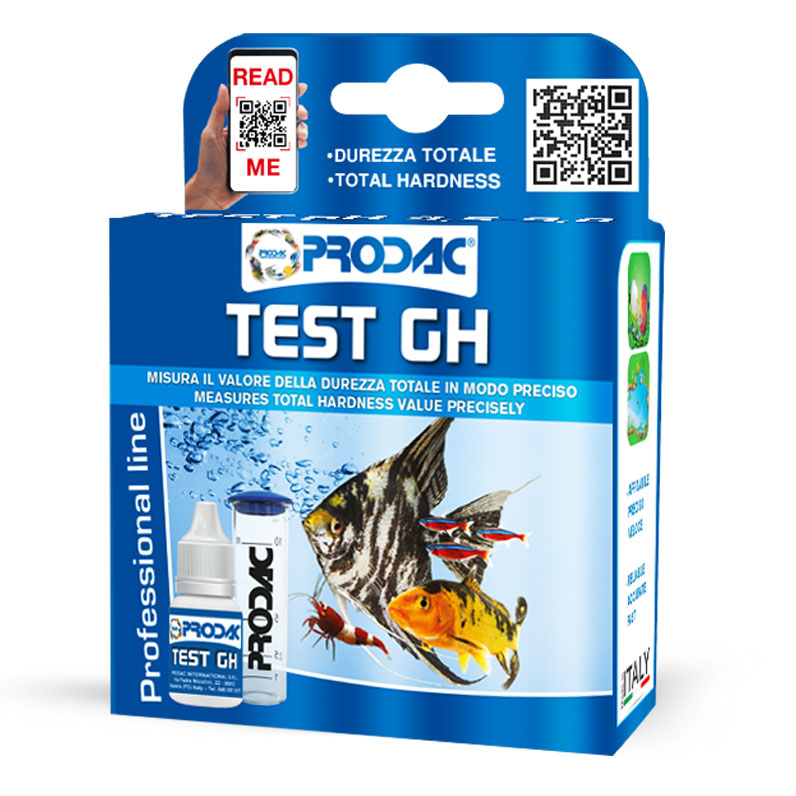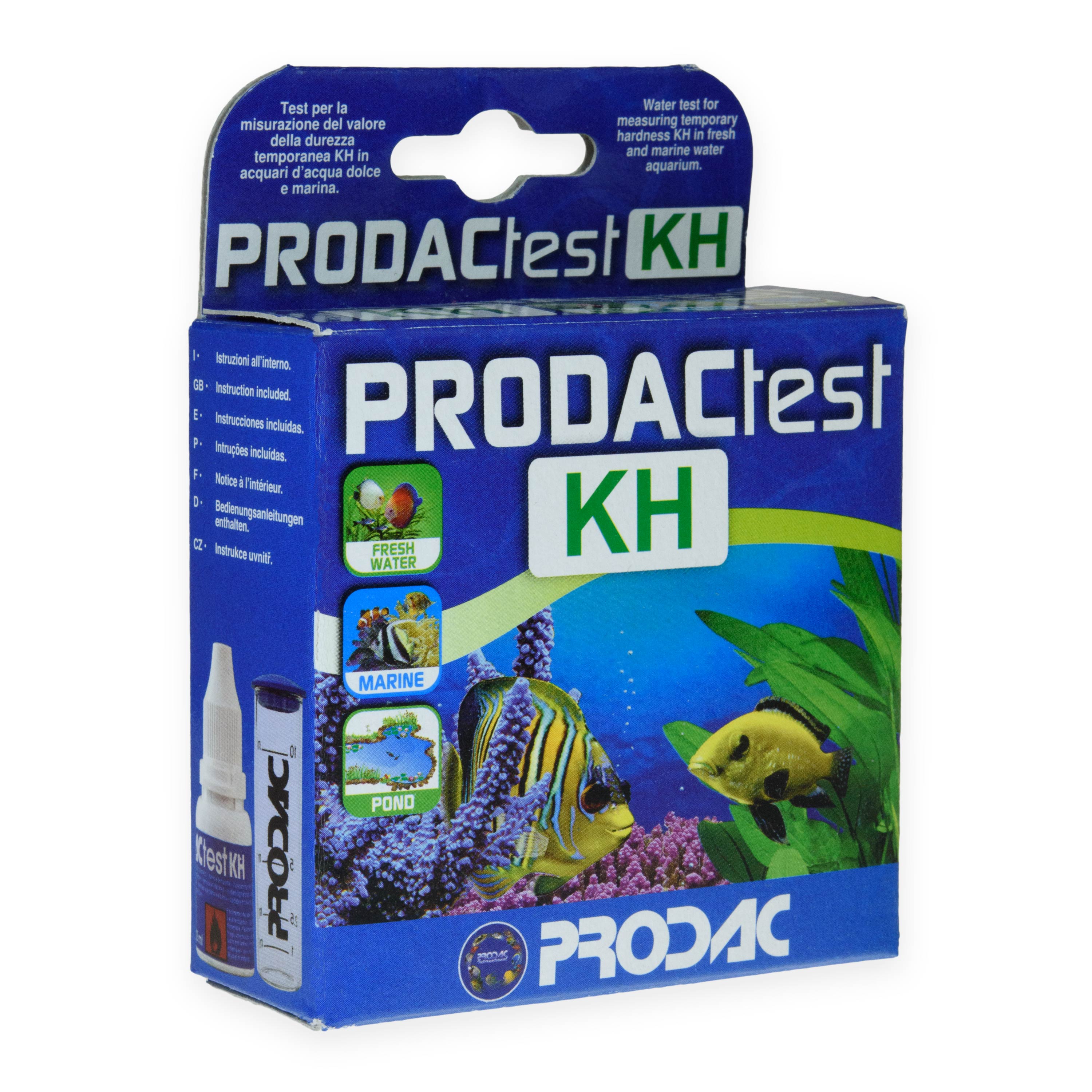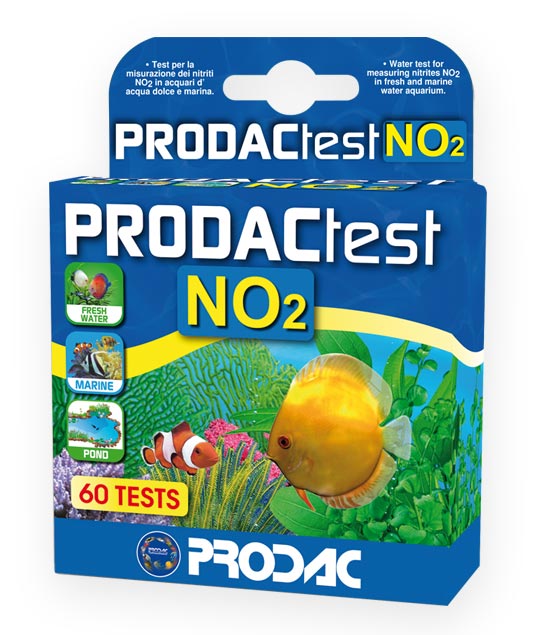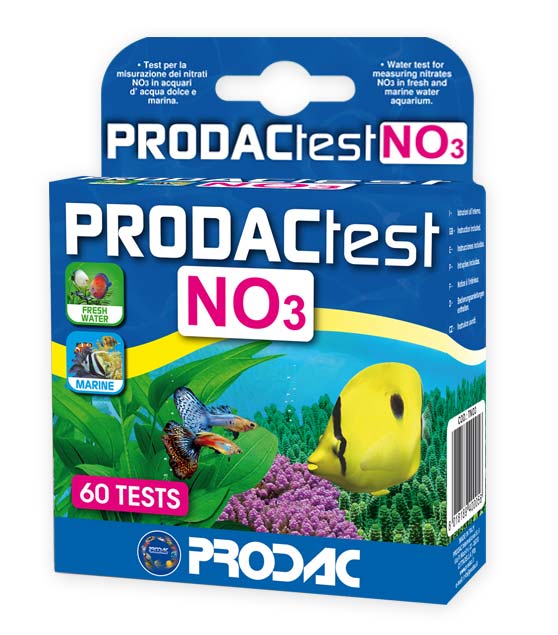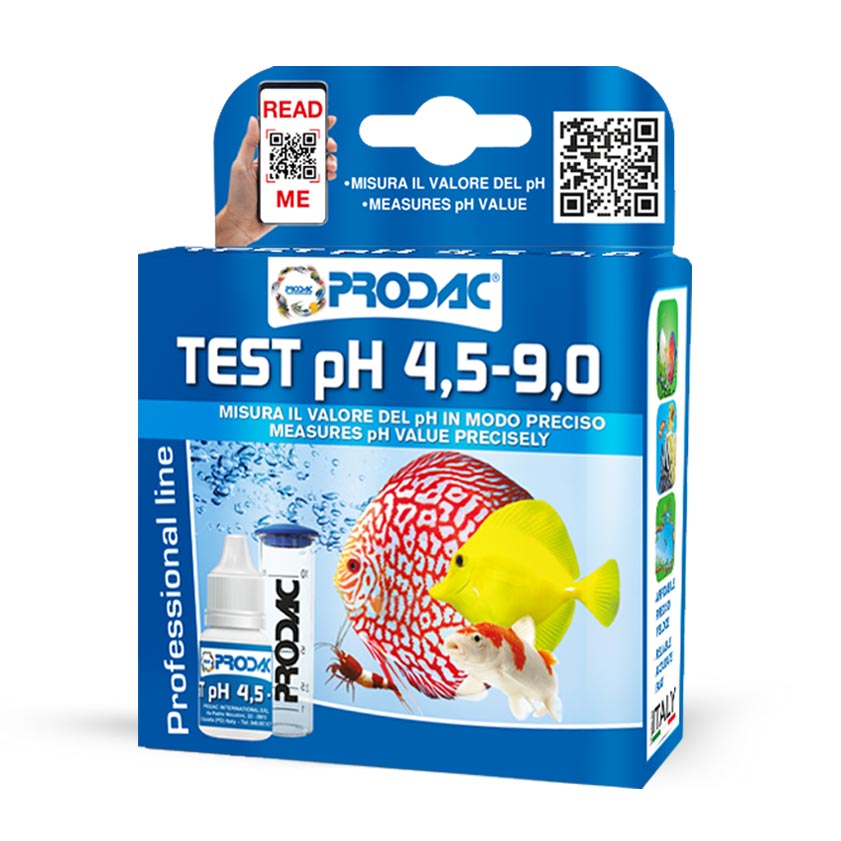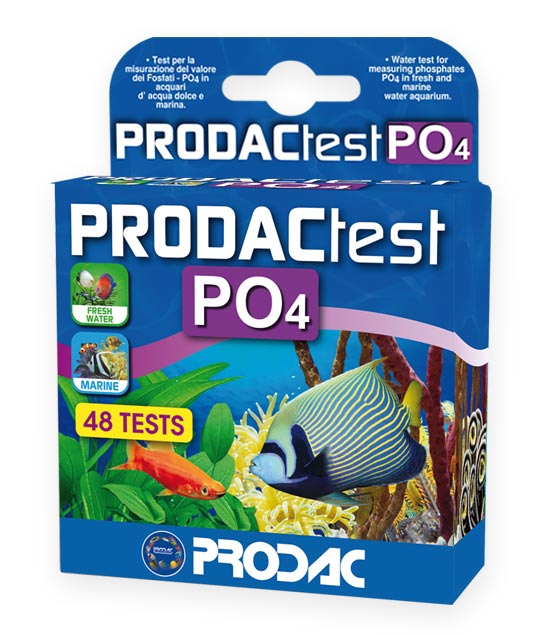Water test for measuring the Ammonium/Ammonia concentration (NH₄/NH₃) - suitable for fresh and marine water aquaria
Ammonia is toxic. The first symptoms of ammonia poisoning in fish are therefore, in addition to a general feeling of indisposition, abnormal swimming behaviour (fish lie on the bottom or swim at an angle or stagger), heavy, hectic breathing movements and later seeking the surface of the water.
The symptoms are very similar to nitrite poisoning!
The causes of an excessively high ammonia concentration can lie in a non-existent or no longer existing bacterial flora in the tank, caused by chlorine or medication. Furthermore, large amounts of rotting biomass (dead fish, decaying substrate or filter contents that have died due to stagnation) can release large amounts of ammonia.
Ammonium/Ammonia Test Set Instructions for use
- Rinse the sample test tube several times with the water to be tested and then fill with sample water exactly to the 5 ml mark *
- Add 5 drops of reagent 1 and shake
- Add 5 drops of reagent 2 and shake again
- Add 5 drops of reagent 3 and shake up again
- The sample changes color. After 5 minutes the total NH₄/NH₃ concentration can be read
The toxic content of free ammonia (NH₃) must be calculated with the aid of the pH value (see table)
If the pH is less than 7.5, only harmless ammonium is present - Compare the color of the sample with the color table by holding the test tube close to the color that seems most similar to you and looking through the tube from above
For good results, it is best to use daylight (no direct sunlight)
* The meniscus of the water surface must touch the 5 ml graduation mark exactly
Caution
Clean the vial after use, close the reagent bottle tightly and store in a cool, dry place away from light.
Keep out of reach of children!
If the determined ammonia concentration is above 0.25 mg/l, please immediately change at least 50 % of the water to tempered fresh water. The pH of the fresh water must not exceed 7.5.
If necessary, repeat the water change at shorter intervals. It is helpful to use bacteria preparations such as Bactedrakon (see accessories) to build up an ammonia-degrading bacterial flora in the tank and filter.
Until the ammonia concentration has been reduced to harmless levels, please feed only moderately or, better still, temporarily not at all!
Contents
12 ml each reagent solution 1, 2 & 3, glass test tube with sealing cap, color card
Sufficient for 65 tests
Possible Dangers Reagent 2
Piktogram
Signal word: Caution
Danger warnings
H361d Suspected of damaging the unborn child.
Safety information
P101 If medical advice is needed, have product container or label at hand.
P102 Keep out of reach of children.
P201 Obtain special instructions before use.
P280 Wear protective gloves/protective clothing/eye protection/face protection.
P308 + P313 IF exposed or concerned: Get medical advice/attention.
P405 Store locked up.
Contents: Sodium Salicylate
Possible Dangers Reagent 3
Piktogram
Signal word: Danger
Danger warnings
H290 May be corrosive to metals
H314 Causes severe skin burns and eye damage.
Safety information
P101 If medical advice is needed, have product container or label at hand.
P102 Keep out of reach of children.
P280 Wear protective gloves/protective clothing/eye protection/face protection.
P303 + P361 + P353 IF ON SKIN (or hair): Take off immediately all contaminated clothing. Rinse skin with water [or shower].
P305 + P351 + P338 IF IN EYES: Rinse cautiously with water for several minutes. Remove contact lenses, if present and easy to do. Continue rinsing.
P310 Immediately call a POISON CENTER or doctor/physician.
P405 Store locked up.
P501 Dispose of contents/container inaccordance with all local/national/international regulation.
Contents: Sodium Hydroxide
Login
Enquiry form
Send us an e-mail. We look forward to hearing from you.


